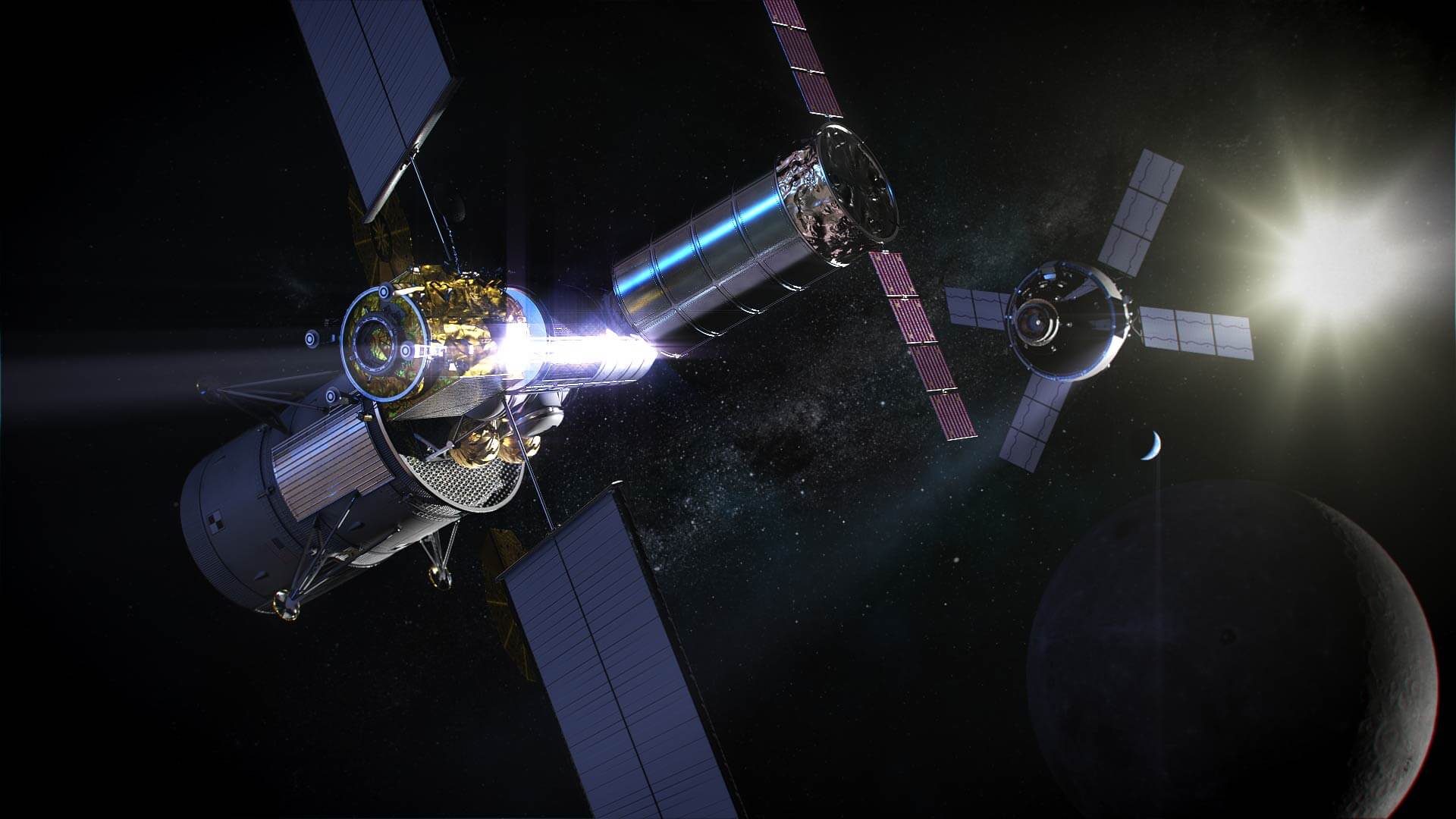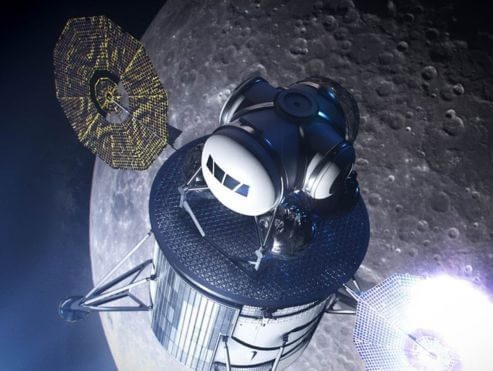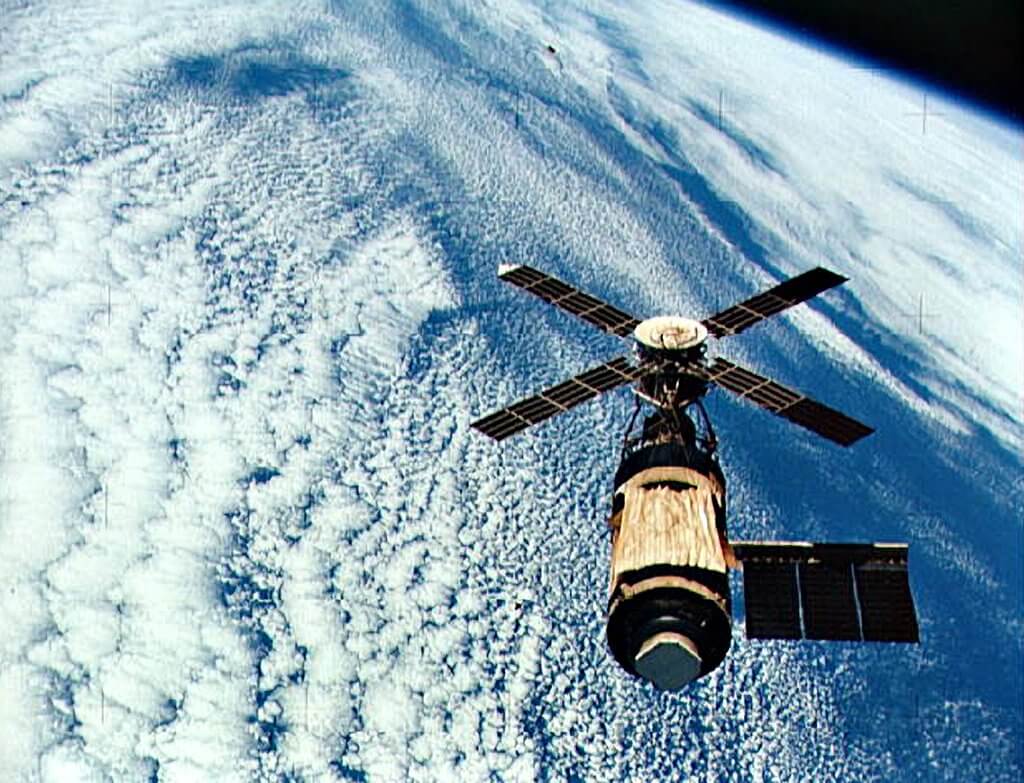In a mini “Night of the Long Knives”, NASA’s Administrator Jim Bridenstine has demoted its head of its Human Exploration and Operations (HEO) Mission Directorate Bill Gerstenmaier and his deputy Bill Hill. Gerstenmaier becomes a special adviser to Deputy Administrator Jim Morhard, but has, in effect been removed from power, with the new role as a compensatory temporary assignment. He has been replaced by former astronaut Ken Bowersox, who will be acting head with the title Acting Associate Administrator. Hill has similarly been detailed to a new position as special adviser to Associate Administrator Steve Jurczyk.

NASA’s outgoing Associate Administrator for Human Exploration and Operations Bill Gerstenmaier. Courtesy: NASA
Gerstenmaier had, served in the role since 2011 and had decades of experience. It is suspected that he was removed because of his support for the construction of a lunar orbiting space station called the Lunar Gateway.
Cited as a way of learning exploration activities for both a Mars mission and multiple lunar landings, making lunar exploration more sustainable, Gerstenmaier’s team envisaged a Lunar Gateway space station with a large habitation module as a key part of this long term infrastructure. It would have a refueling and logistics depot, science labs and a Canadian-built robotic arm. The project rapidly became internationalised as several other space agencies wanted a piece of the action, with all the politics and bureaucracy that this entailed.
Critics of the plan pointed out that construction of the multi-function Lunar Gateway space station would mean that it would take longer to put astronauts back on the Moon, with landings not taking place until 2028 at the earliest. It was also questioned whether such a lunar space station will be needed if SpaceX and Blue Origin succeed with their commercial lunar activities. Another concern was that concentrating on building lunar infrastructure could detract from the effort to make human landings on Mars by siphoning off funds and technical expertise.
Administrator Bridenstine has formally declared that he took the decision to demote Gerstenmaier himself and did not inform US Vice President Mike Pence (notionally Bridenstine’s boss). Nevertheless this was in tune with the new impetus from Pence and the Trump Administration to return astronauts to the lunar surface by 2024, and then concentrate on getting to Mars.
This target date has resulted in an alternative plan to built a cut-down version of the Lunar Gateway space station, which would offer a very basic human habitation module attached to a propulsion module. But this has its own critics who note that it neither provides the benefits of a long term infrastructure, nor is it simple enough to achieve a fast landing.
A competing plan involves the landing mission being directly launched from the Earth. Instead of a Lunar Gateway station the direct launch strategy would probably use an SLS Block 1 to launch a crewed Orion spacecraft to the Moon, complemented by a Falcon Heavy/ICPS combination rocket to a lunar lander travelling ahead of them. The crew would then transfer to this pre-positioned landing craft to make their landing and surface excursions, before ascending and redocking with Orion ready for their return to Earth.
Update on 26 July 2019: In a decisive move, NASA has formally ordered the Minimal Habitation Module for the Lunar Gateway station from Northrop Grumman in a sole source contract. The simplified module will be based on the Northrop Grumman Cygnus cargo spacecraft. It will be connected to the already ordered Power and Propulsion Element, being built by Maxar Technologies in late 2023.

Lunar Gateway Habitation Module attached to Power and Propulsion Element with visiting Cygnus cargo and Orion spacecraft. Courtesy: NASA
Meanwhile, NASA has asked aerospace companies for pre-solicitation bids to build a human lunar lander initially capable of carrying two crew to the lunar South pole for a six-and-a-half-day stay. A second, partly reusable four-astronaut design for multiple-week stays on the Moon will be ordered later. This should be able to survive the cold darkness of a two-week lunar night. NASA envisages that the landing craft will use landing and ascent stages and a lunar tug to transfer itself between the Gateway space station and a low lunar orbit.
Comment by David Todd: The mustachioed Bill Gerstenmaier was very much regarded as part of the “keep NASA in control” old guard at the Administration, in spite of past bureaucratic and financial disasters such as the International Space Station (ISS). However, it was not his resistance to more commercial involvement in such projects that signalled the end of his NASA career – in fact, he and his confederates had moved someway down this path. It was more to do with and impatience at the White House and among other spaceflight observers (including this writer) that lunar landings under his plan were not due until after 2028.
Nevertheless, without Gerstenmaier and his allies being there to force sustainability into the exploration equation, there remains a fear that NASA’s programme might return to the short-termist “footprints and flags followed by nothing else” Apollo project era. This could happen again if the short-term fast exploration strategy is taken to an extreme without thought to how a long term infrastructure might be built on the Moon. Under its new plan NASA is still going to build a Lunar Gateway, but as a cut-down version that will be much quicker to construct. It will be from here that a human lunar landing mission will take place using a lunar lander, probably on the second manned flight, Artemis 3.
In this writer’s opinion, the Gateway plan should be scrapped – at least for now. A better course for NASA would be to make initial direct lunar exploration flights, as noted above, as fast as possible without recourse to a “Lunar Gateway” space station. That should come later, when a properly built Gateway will really be needed.
NASA has more urgent priorities for NASA. Ahead of any longer term lunar infrastructure or even Mars exploration projects, the ISS needs to be replaced first. And it has to be done soon – the station officially retires in 2025 – or the current commercial space transportation effort will have nowhere to go in low Earth orbit.
A mini-space station concept should be still be developed with NASA money probably via a public-private partnership, but it should be more like a “son-of-Skylab” space station located in low Earth orbit for national, international and commercial use. Such a space station should be prioritised ahead of any Lunar Gateway, even if a modified version could eventually become a lunar space station as part of a sustainable lunar infrastructure. To keep construction costs low most of it should be build on the ground to minimise the need for expensive in-orbit construction. One suspects that just as Skylab was based on the reconfigured upper stage of Saturn V, which also launched it, so the SLS might have a similar potential.
By the way, NASA would have been wiser to have built a series of Skylab space stations rather than the ISS. For the same amount as it cost to construct, NASA could have probably afforded a hundred such Skylab-class space stations.
While it might decide to put up a lunar space station later, NASA should relinquish most of its lunar mission and let commercial space companies (SpaceX, Blue Origin, Boeing and Lockheed Martin) take over lunar operations, leaving NASA to concentrate on putting humans on Mars. This Mars mission might be achieved via direct funding of the SpaceX plan, or via a multi-company approach.
In Conclusion:
- NASA should mount its fast lunar exploration effort to the Moon, probably using the SLS and an ICPS equipped Falcon Heavy, developing an initial lunar lander as it does so. It should also consider stretching the ICPS upper stage of the SLS to improve its TLI (Trans Lunar Injection) payload.
- NASA should start designing a “son of Skylab” space station as a series that will eventually replace the ISS, and which might later provide a Gateway space station in lunar orbit.
- It should provide financial incentives for the commercial firms to put lunar infrastructure in place while investing in a plan to reach Mars (with SpaceX as a front runner). This way, in the next fifty years, humankind should go to Mars…but build on the Moon.
Post Script: Several other space agencies are bidding to build kit on the current Gateway plan, officially titled the Lunar Orbital Platform, including a bid from the UK Space Agency with the European Space Agency providing its communications. However, as we have noted, the now simplified Gateway plan may make this redundant.







